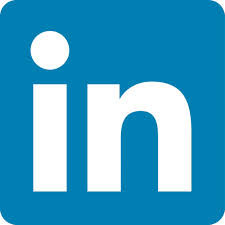Making smart organizational decisions in an uncertain and complex world is a challenge. But even under these volatile conditions, this is exactly what is required of managers at all hierarchical levels in organizations on a daily basis.
Our concept of the SMART-DECISION-Culture supports you in making your organization fit for the future – because in order to be able to successfully master the current challenges, a rethinking of managers and organizational developers is necessary. The Smart Decision Culture concept enables your organization and your managers to design decision-making processes in such a way that all relevant information that is available inside and outside the organization is included.
In doing so, we base our knowledge on the latest system theory and the current knowledge of neuroscience.










